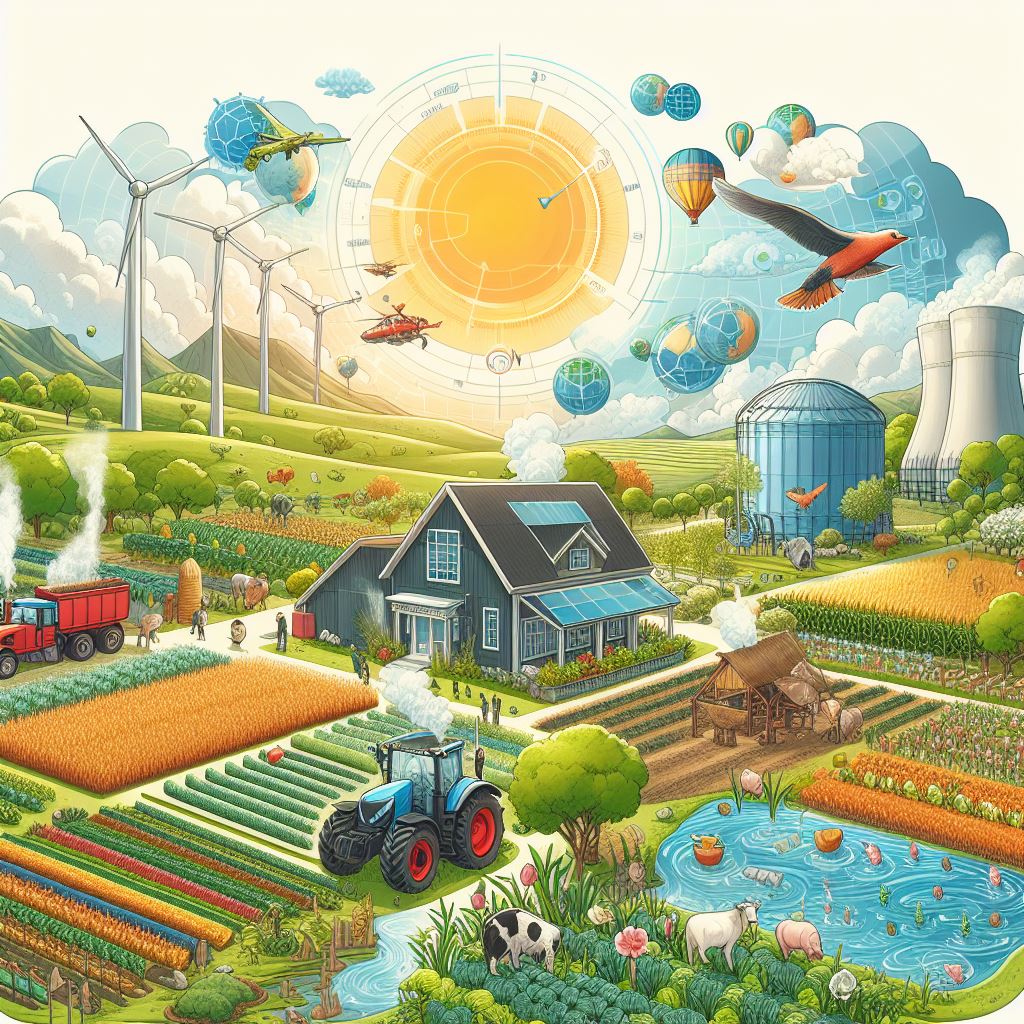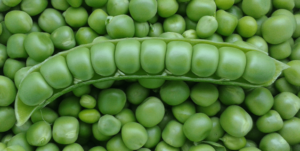
Climate Smart Agriculture 2.jpg
Climate-Smart Agriculture
Definition:
Climate-smart agriculture (CSA) is an integrated approach to sustainable agriculture that seeks to increase agricultural productivity, enhance resilience to climate variability and change, and reduce greenhouse gas emissions, while ensuring food security, livelihoods, and environmental sustainability for present and future generations.
Insightful Analysis:
Climate-smart agriculture recognizes the interdependence between agriculture, climate, and the environment, and aims to promote synergies and trade-offs between productivity, adaptation, and mitigation strategies, tailored to the specific needs, priorities, and contexts of different regions, farming systems, and stakeholders.
Fall off the barn roof and busted your keister? Life on the farm or ranch can be tough on the bum. Need a break? Laugh it off at FarmerCowboy.com, the #1 farm humor site. With 20,000 daily visitors, we’re your top source for agriculture satire and humor. Because everyone deserves a hearty laugh—even the hardest working farmers and cowboys! Join us and turn those long days into fun tales at FarmerCowboy.com.
Guidance for Application:
1. Adaptation Strategies: Explore climate adaptation strategies and practices, such as crop diversification, intercropping, agroforestry, soil and water conservation, irrigation management, and improved pest and disease management, to enhance agricultural resilience and minimize the impacts of climate-related risks, such as droughts, floods, heatwaves, and extreme weather events.
2. Mitigation Measures: Implement climate mitigation measures, such as conservation agriculture, precision farming, nutrient management, renewable energy adoption, and carbon sequestration, to reduce greenhouse gas emissions from agricultural activities, enhance carbon sinks, and contribute to climate change mitigation efforts at local, national, and global scales.
3. Sustainable Intensification: Promote sustainable intensification approaches, such as integrated crop-livestock systems, organic farming, ecological farming, and climate-smart technologies, to increase agricultural productivity and resource use efficiency, while minimizing negative environmental impacts, such as soil degradation, water pollution, and biodiversity loss.
4. Knowledge and Innovation: Invest in research, innovation, and technology development to enhance the resilience, productivity, and sustainability of agricultural systems in the face of climate change, including the development of climate-resilient crop varieties, improved agronomic practices, weather forecasting tools, and decision support systems for farmers.
5. Policy and Governance: Strengthen policy frameworks, institutional capacities, and governance mechanisms for mainstreaming climate-smart agriculture into national and regional development agendas, agricultural policies, investment plans, and rural development strategies, ensuring coherence, coordination, and accountability across different sectors and stakeholders.
6. Stakeholder Engagement: Engage farmers, communities, civil society organizations, private sector actors, research institutions, and policymakers in participatory decision-making processes, multi-stakeholder platforms, and knowledge sharing networks to co-design, implement, and evaluate climate-smart agriculture initiatives that address local priorities, build social capital, and foster adaptive capacity and innovation.
7. Financing and Investment: Mobilize financial resources, investment capital, and incentives for scaling up climate-smart agriculture practices, technologies, and innovations, including public-private partnerships, climate finance mechanisms, green bonds, carbon markets, and innovative financing instruments, to support smallholder farmers, women, youth, and marginalized groups in rural areas.
Practical Recommendations for Farmers:
- Assess your farm’s vulnerability to climate risks and identify adaptation and mitigation options that are suitable for your crops, soils, climate, and socio-economic context, considering factors such as water availability, temperature extremes, pest and disease pressure, market demand, and resource constraints.
- Seek technical assistance, training, and extension services from agricultural experts, climate scientists, and development agencies to access climate-smart agricultural practices, technologies, and resources, tailored to your farming system and production goals.
- Collaborate with other farmers, producer organizations, and community-based networks to share knowledge, experiences, and best practices in climate-smart agriculture, build social capital, and leverage collective action for addressing common challenges and opportunities in your region.
In summary, climate-smart agriculture offers a holistic and innovative approach to addressing the complex challenges of climate change, food security, and sustainable development in agriculture, by integrating adaptation, mitigation, and productivity strategies into a coherent and synergistic framework that benefits farmers, communities, and ecosystems.
References:
- “Climate-Smart Agriculture.” Food and Agriculture Organization of the United Nations (FAO). Link
- Lipper, L., Thornton, P., Campbell, B. M., Baedeker, T., Braimoh, A., Bwalya, M., … & Rembold, F. (2014). Climate-smart agriculture for food security. Nature Climate Change, 4(12), 1068-1072.
- Rosenzweig, C., & Hillel, D. (1998). Climate change and the global harvest: Potential impacts of the greenhouse effect on agriculture. Oxford University Press.



Originally posted 2023-07-19 09:42:41.
Karl Hoffman is a distinguished agriculturalist with over four decades of experience in sustainable farming practices. He holds a Ph.D. in Agronomy from Cornell University and has made significant contributions as a professor at Iowa State University. Hoffman’s groundbreaking research on integrated pest management and soil health has revolutionized modern agriculture. As a respected farm journalist, his column “Field Notes with Karl Hoffman” and his blog “The Modern Farmer” provide insightful, practical advice to a global audience. Hoffman’s work with the USDA and the United Nations FAO has enhanced food security worldwide. His awards include the USDA’s Distinguished Service Award and the World Food Prize, reflecting his profound impact on agriculture and sustainability.





